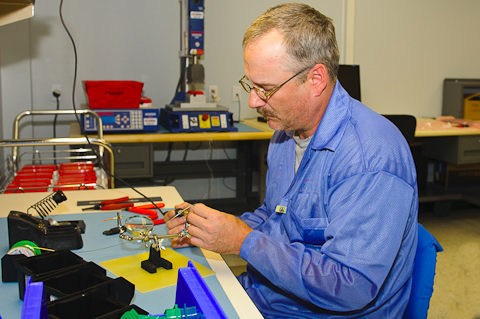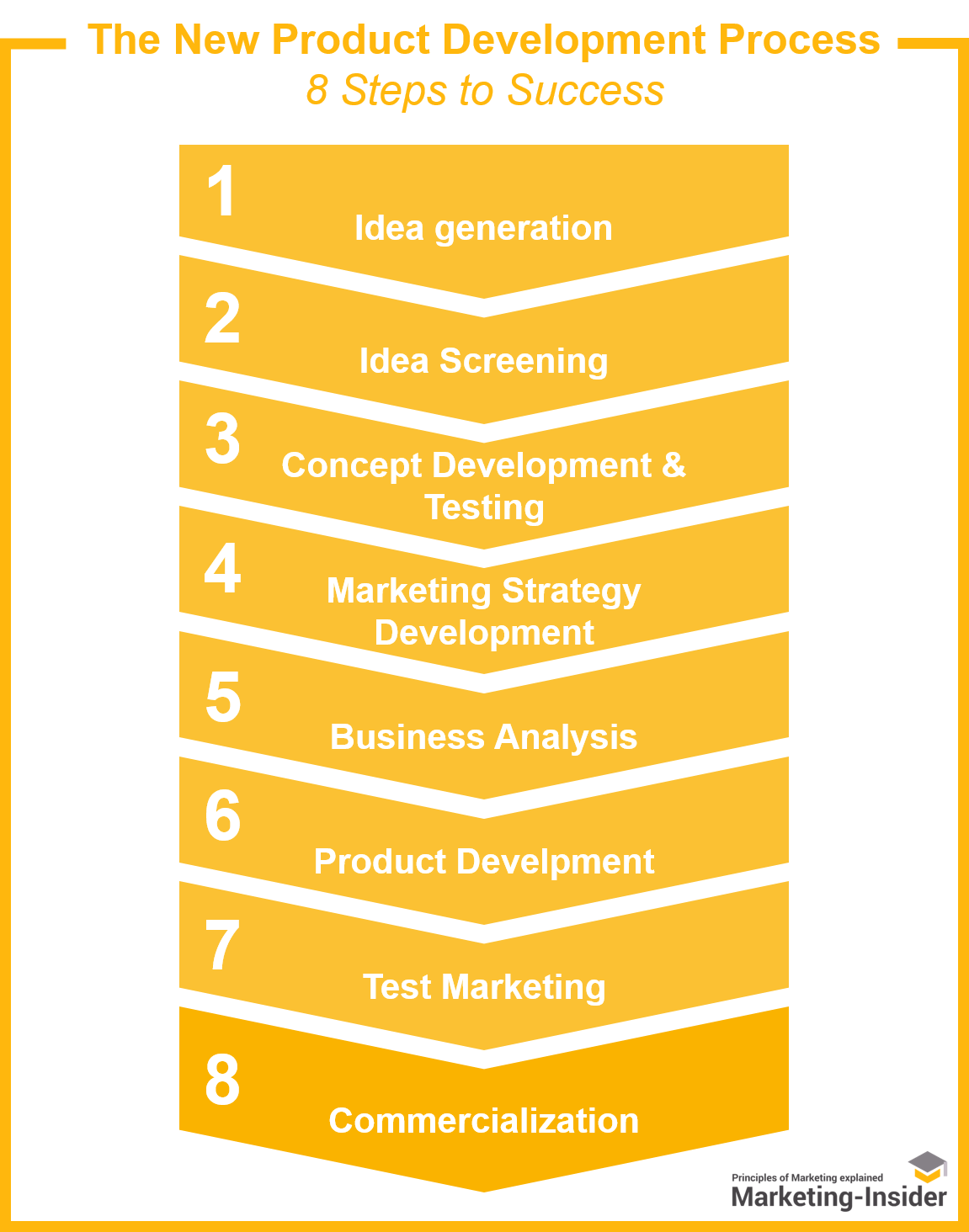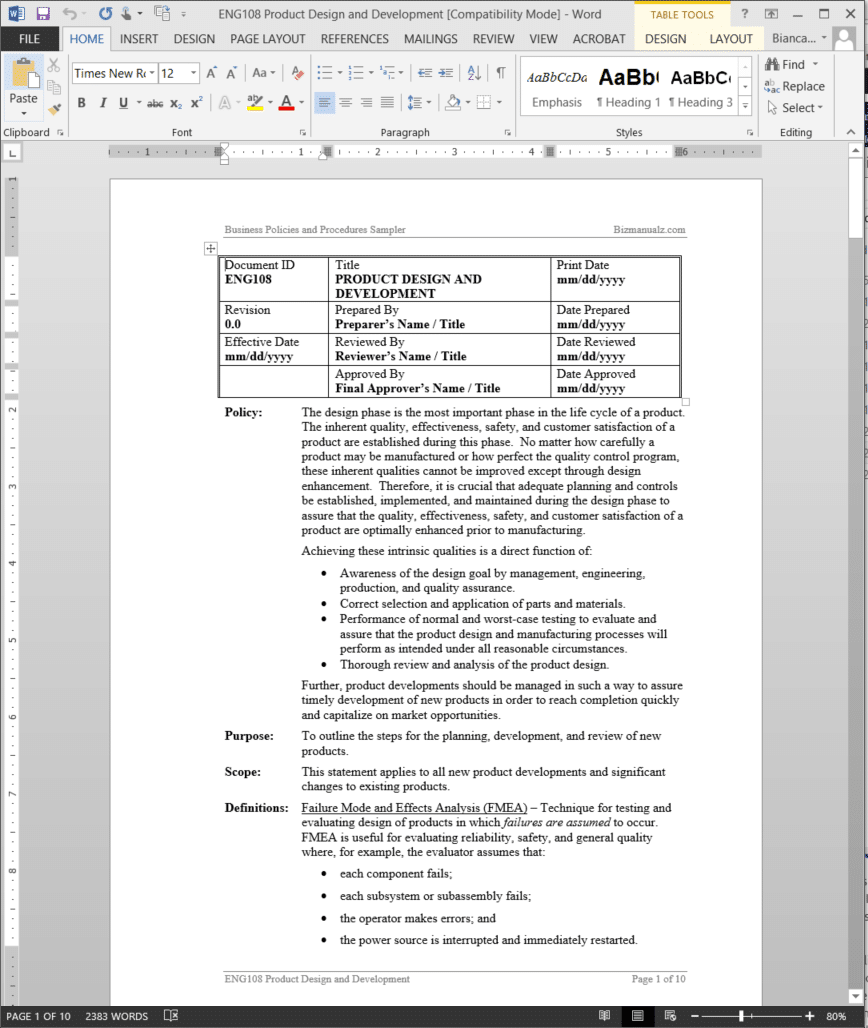The Buzz on Modern CPG product development calls for a new kind of
Everything about 5 ways to build a more impactful product design team
Quick summary When creating products, constantly keep in mind that you are designing for people. Let's take a closer take a look at how to specify an ideal item vision, technique, and style procedure.(This is a sponsored article.) What is a product? Till recently, the term was used just in relation to something material and often discovered in a retail store.


Apps and sites are contemporary items. When it comes to building terrific items, style is the most important "function." We've moved into the stage where item style dominates it's what sets companies apart and provides a real edge over competitors. Whether you're a designer, designer, item manager, program manager, marketing supervisor or job manager, it's necessary to understand (and have a recommendation guide to) the product advancement procedure in order to create your best work.
I'll start with international things (like what item design is all about) and work down to the private phases of product style (such as research, ideation, testing and validation). What Is Product Design? Item style is the process of determining a market opportunity, clearly defining the issue, developing a correct service for that problem and verifying the solution with genuine users.

Originally created by David Kelley and Tim Brown of IDEO, style thinking has actually become a popular method to creating products. This approach encapsulates techniques and ideas of human-centered design into a single unified idea. According to manufacture my invention : Style thinking is a human-centered method to innovation that draws from the designer's toolkit to incorporate the requirements of people, the possibilities of innovation and the requirements for organization success.
![The Best New Product Development Process [Definitive Guide]](https://www.researchgate.net/profile/Jorge-Brito-13/publication/313148141/figure/fig3/AS:456744083169282@1485907683878/Typical-stages-of-the-product-design-and-development-process-according-to-ISO-11.png)
The Single Strategy To Use For (PDF) Lead time modeling and acceleration of product design
More after dive! Continue reading listed below Style thinking is a human-centric creative procedure to build significant and effective solutions for individuals. (Image credit: Cathy Wang)When thinking about products or functions, designers should understand business objectives and have the ability to answer the following concerns first: What issue are we solving? Who has this issue? What do we wish to achieve? Answering these concerns helps designers comprehend the user experience of an item as an entire, not purely the interaction (feel) or visual (appearance) part of style.
UNDER MAINTENANCE